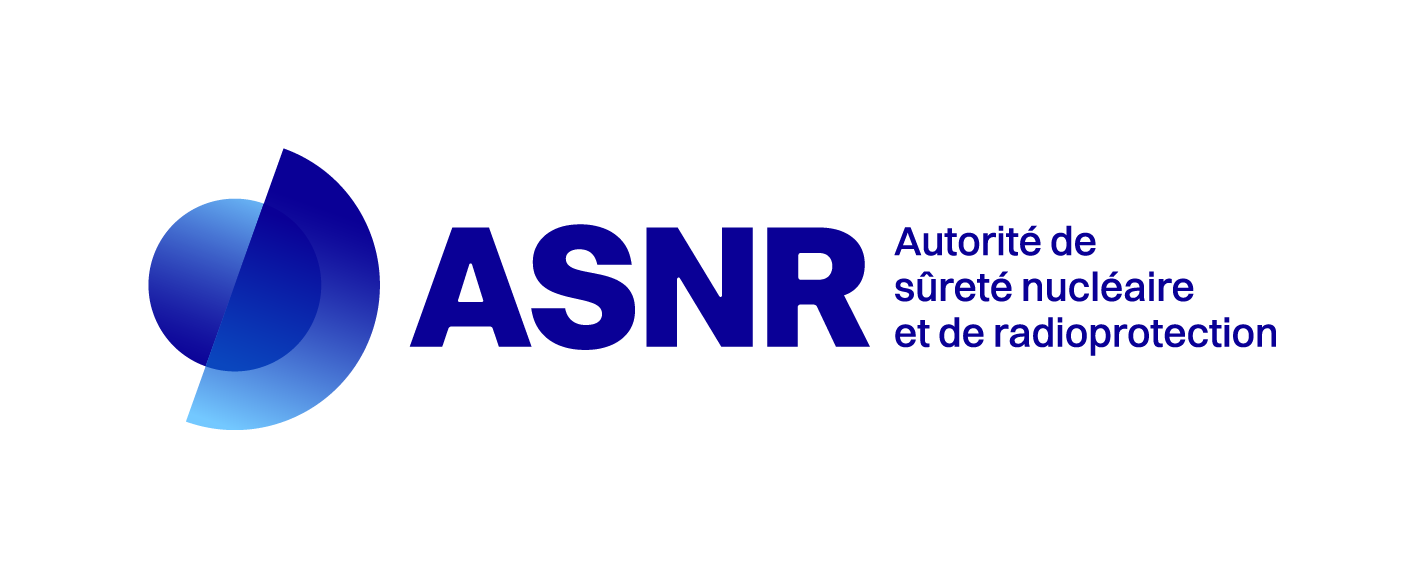Fire-induced flows for complex fire scenarios in a mechanically ventilated two-storey structure
Résumé
This work deals with smoke propagation through a multi-compartment assembly in case of a fire eventin a nuclear installation. The scientific issues are the understanding of flows involving two modes ofpropagation (vent and doorway), together with the role of mechanical ventilation and oxygen backflows tothe fire. The study is based on the analysis of two scenarios reproduced experimentally at large scale andsimulated numerically. The main outcomes concern the comparison of the flow at a doorway and at a vent,the consequence of the smoke propagation for thermal stratification and the combined effect of the fire heatrelease rate and mechanical ventilation. The results highlight the performance of CFD simulations inpredicting these complex scenarios. Low-velocity flow zones are identified, enabling the structure of theseflows and their amplitudes to be quantified. This information provides new insights to improve fire riskassessment in nuclear facilities.
| Origine | Fichiers produits par l'(les) auteur(s) |
|---|---|
| Licence |
Copyright (Tous droits réservés)
|
